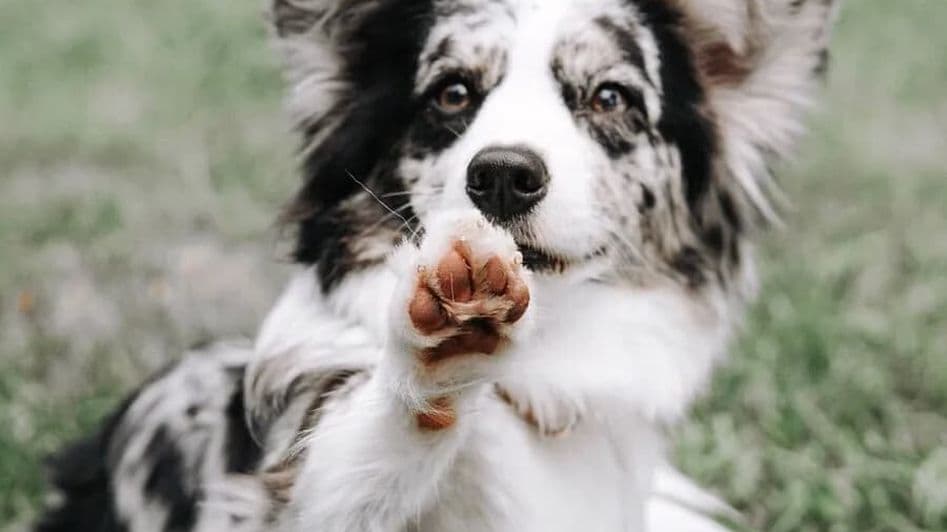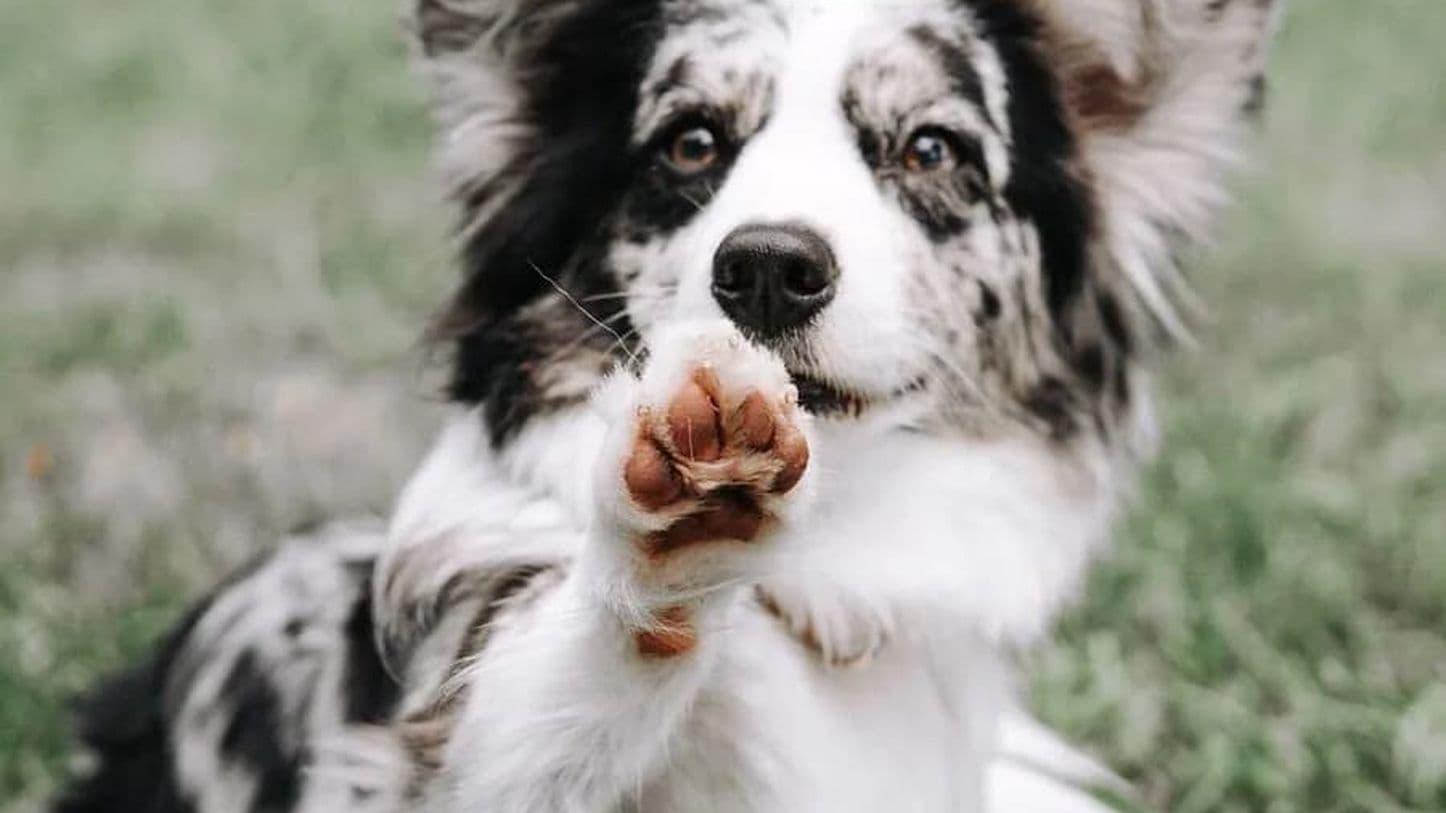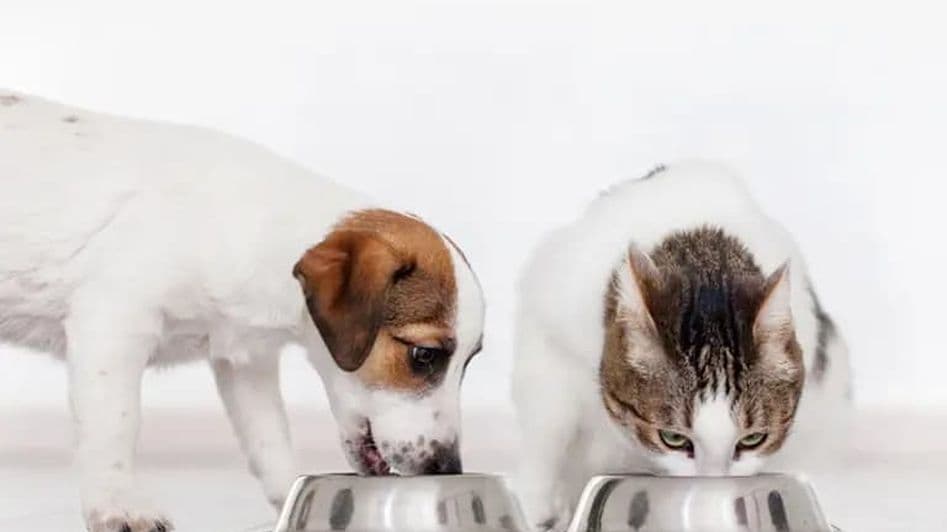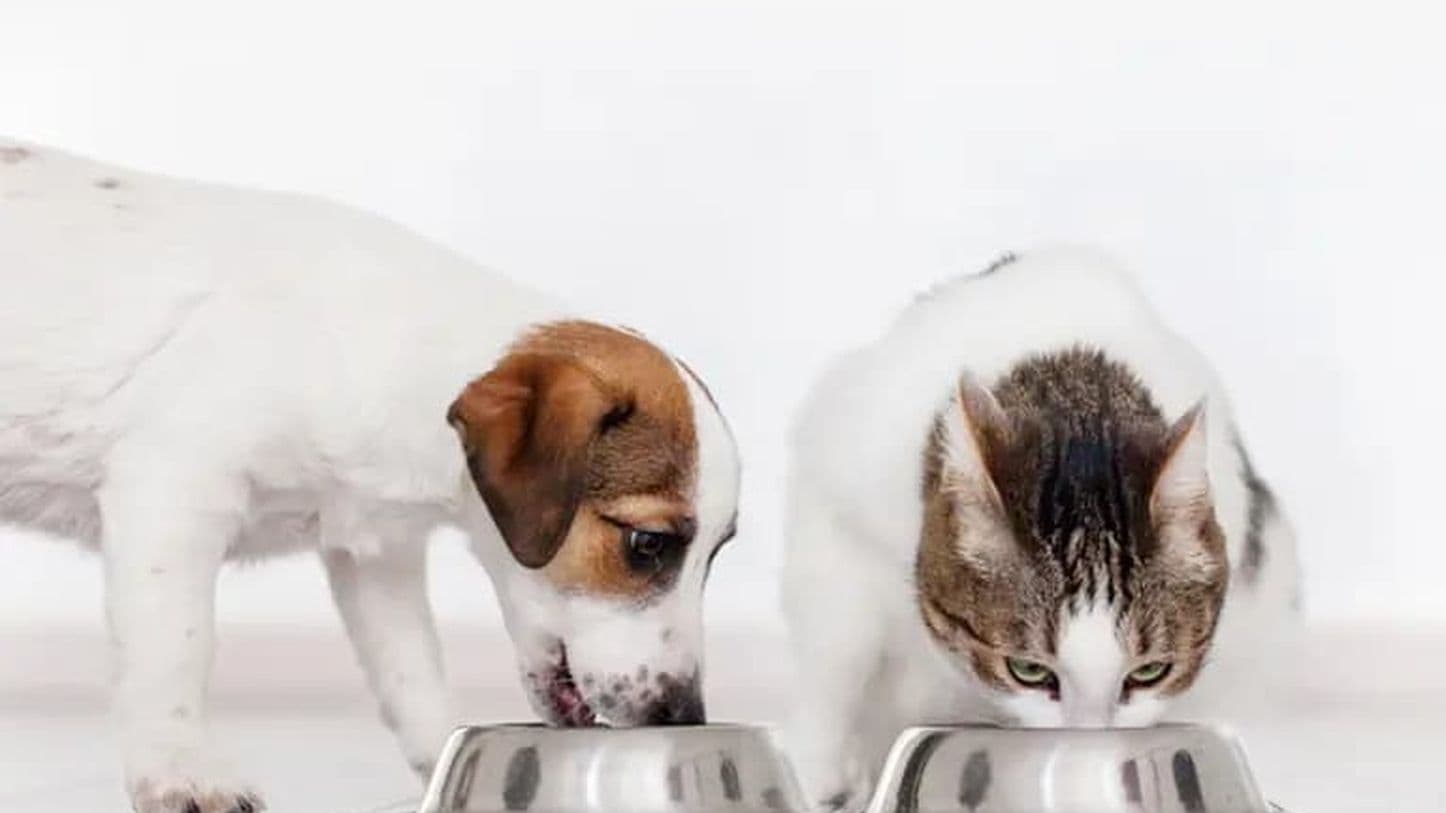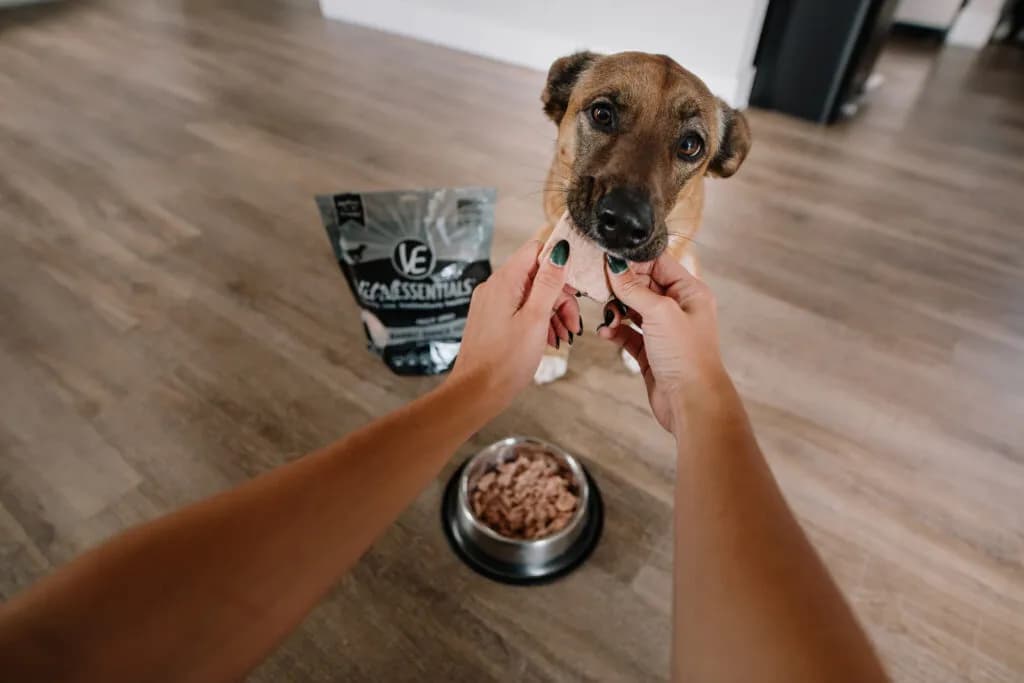
Kibble vs. Raw: Understanding the Pros and Cons of Feeding Your Pet Dry vs. Fresh Food
1.17.2022
Maybe you’ve already heard about the many health benefits of a raw diet for dogs and cats, and you’re wondering how to make the switch safely. Or, perhaps you’re still not sure of the differences between a typical kibble diet and a diet based on real, raw meat.
We’re here to arm you with all the information you need to make the right diet choices for your pet. If your pet, your friends’ pets, and your family’s pets all eat ‘normal’ kibble pet food and have seemed perfectly fine so far, you may wonder: is it worth the effort to switch up your pet’s diet now?
While it’s true that many pets go their whole lives eating nothing but kibble, it’s impossible to say how much their well-being would have been improved by a healthy natural diet. Moving away from commercial kibble is one of the smartest decisions you can make for the health of your pet.
The Issue With Kibble
There’s one simple reason that the invention of kibble transformed the pet food industry and quickly became the dominant form of pet food on the market for both dogs and cats: because it’s cheap and easy.
Commercial kibble is packed with grains such as corn and wheat to give the food more volume. Even most ‘healthy’ pet food brands still substitute peas or rice instead of corn. These carbohydrate-heavy foods are easy to source, cheaper per calorie than protein or fat, and have a starchy consistency that holds kibble together so it can be easily baked.
Once baked, kibble is typically sprayed or smoked to add a meat-based flavoring (the scent gives your pet the illusion of real meat). The resulting product is easy to package and ship. Preservatives give the kibble a long shelf life, food dyes give it an appealing color, and additives fill in the (many) nutritional gaps so that the final food can pass industry standards. According to Dog Food Advisor, “Today’s kibbles contain as much as four times the carbohydrate content historically found in the canine ancestral diet.”
Kibble is popular because it’s cheaper for manufacturers, not because it’s healthier for your pet.
Why Choose a Raw Diet
Your dog or cat’s body is biologically optimized to digest real meat — not heavily processed cereal. Your pet’s ancestors thrived by consuming their prey’s entire body: muscles, vital organs, bones, cartilaginous tissues, stomach contents, everything. All of these different components together provided a fully balanced meal.
When it comes to a healthy diet for your pet, it’s not just about which nutrients and calories are in the food, but what form they’re in. A calorie from quality raw meat is much more recognizable and useful to your pet’s body than a calorie from a cheap corn by-product, even if both technically contain the same energy.
Since there’s no need to stuff your pet’s food with cheap fillers or unnecessary ingredients like grains and veggies, why not go straight to the source? Your dog or cat is the healthiest on a diet of high-quality raw meat. That’s all your little carnivores want, and their bodies naturally need!
Transitioning your dog or cat’s diet from commercial kibble to a balanced raw meat diet is one of the best decisions you can make for your pet's overall health and well-being. For further advice about how to make the switch or for help with common raw feeding mistakes, never hesitate to contact us at any point in your raw feeding journey.
For more information on Vital Essentials and our full product line, follow us on TikTok and Instagram. And if you have any questions, be sure to check out our FAQ page for answers. Together, we can ensure your pet gets the proper nutrition they deserve.
